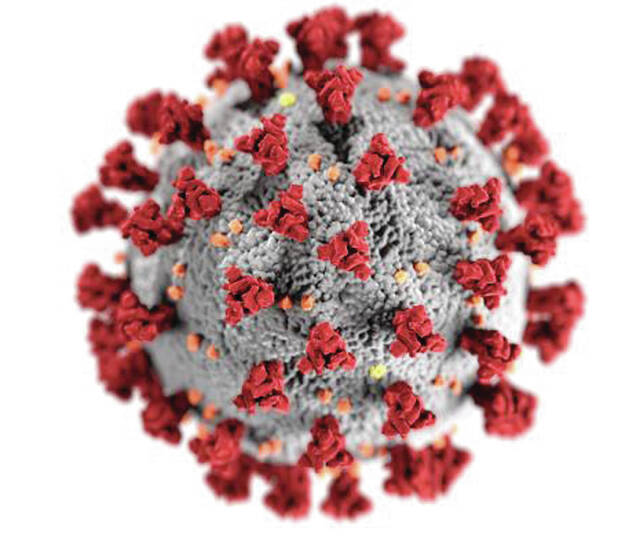LIMA — Allen County Public Health gave away 950 take-home COVID-19 test kits within an hour on Wednesday during the health department’s first-ever rapid test distribution.
The rapid antigen tests, which can return results within minutes, are in high demand as the omicron variant of coronavirus is breaking daily case records in Ohio and the U.S.
The Ohio Department of Health has delivered upward of 1.4 million rapid tests to libraries and local health departments in December alone, while an average of 40,000 Ohioans are now getting tested each day, according to director Dr. Bruce Vanderhoff.
But those tests are going quickly: The Lima Public Library ran out of tests earlier this week after it distributed 300 take-home kits in an hour. Tests were back in stock as of Thursday.
Allen County Public Health has been providing take-home tests to the library to supplement distribution efforts there, but the health department received large enough shipments this week to host its own pop-up distribution, said Brandon Fischer, health commissioner.
The health department advertised the drive-up distribution one day prior to the event, but still saw so many people that the parking lot outside the former Elder-Beerman department store was congested with traffic as hundreds sought free tests for their families, who were limited to six tests per vehicle.
Fischer said the health department may lower the limit on tests available per vehicle to ensure more families are able to participate in the next distribution, although ACPH has not yet set a date as it awaits new shipments of rapid tests.
Ohio will continue providing free rapid tests “as fast as we can get new tests in,” Gov. Mike DeWine said on Wednesday.
The prevalence of take-home tests is likely contributing to an undercount of coronavirus infections even as Ohio breaks daily case records, as the tests do not always automatically report positive results to health departments.
Unreported positive cases can disrupt contact tracing efforts and make it harder for health departments to monitor those in isolation or quarantine.
Still, state health officials are getting a “good snapshot” of coronavirus activity, Vanderhoff said during a press conference on Wednesday.
“What’s important is that Ohioans are eager to do the right thing and have that information,” Vanderhoff said. “That’s more important than us necessarily being able to capture the result of each and every test for a population surveillance perspective.”


